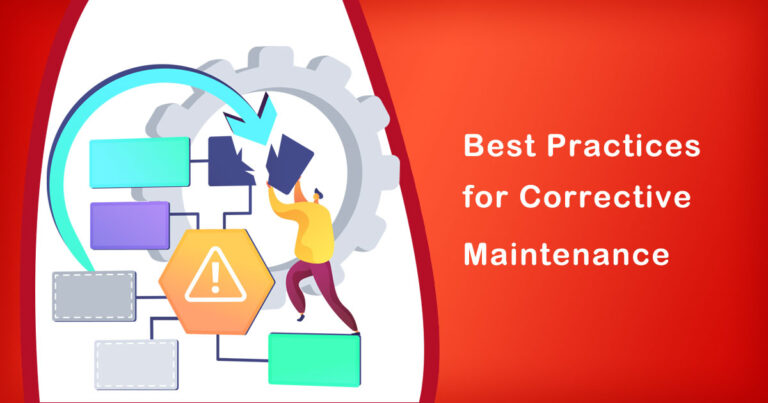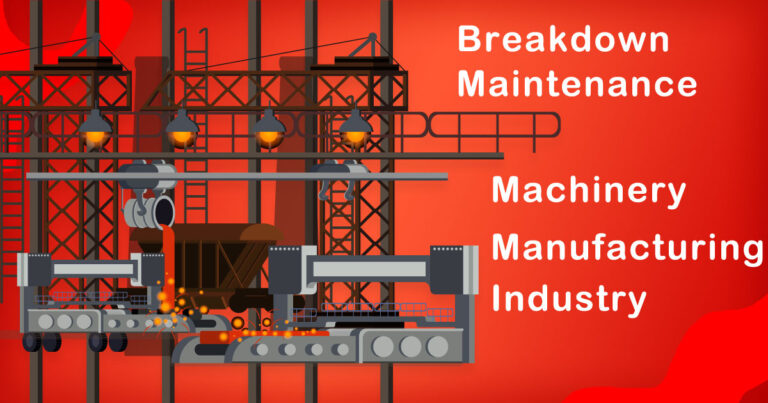Introduction
Maintenance is an essential aspect of any industry to ensure the smooth functioning of equipment, machinery, and other assets. A well-planned and executed maintenance strategy can help organizations minimize downtime, reduce repair costs, and increase overall efficiency. In the Indian context, where the manufacturing sector is rapidly growing, the need for effective maintenance strategies is more critical than ever. In this blog, we will explore the different types of maintenance strategies used in industries.
1. Reactive maintenance
Reactive maintenance is also known as run-to-failure maintenance, where repairs are carried out after a breakdown or failure has occurred. This type of maintenance is typically done when the cost of maintaining equipment regularly is more than the cost of repairing or replacing it after a breakdown. However, this approach can result in high downtime and repair costs, leading to a loss of productivity and revenue.
2. Preventive maintenance
Preventive maintenance is a planned approach where equipment is regularly serviced to prevent breakdowns and extend its lifespan. This type of maintenance is carried out at predetermined intervals or when equipment reaches a certain usage level. Preventive maintenance can help organizations reduce downtime, improve productivity, and increase equipment reliability. However, it can be costly, and there is a risk of replacing parts that do not need replacement.
3. Predictive maintenance
Predictive maintenance is a data-driven approach that uses sensors, data analytics, and machine learning algorithms to predict when equipment is likely to fail. By monitoring the equipment’s performance, organizations can identify potential issues and perform maintenance tasks before a failure occurs. This type of maintenance can help organizations minimize downtime, reduce maintenance costs, and increase equipment lifespan.
4. Condition-based maintenance
Condition-based maintenance is similar to predictive maintenance, but it involves monitoring specific indicators to determine when maintenance is required. This approach involves measuring variables such as temperature, vibration, and fluid levels to identify potential issues. Once a threshold is reached, maintenance is performed to prevent equipment failure. This type of maintenance can help organizations save costs by only performing maintenance when necessary.
5. Proactive maintenance
Proactive maintenance is a preventive approach that involves identifying potential issues before they occur. This type of maintenance involves analyzing equipment data, identifying failure patterns, and addressing them before they cause downtime or equipment failure. This approach can help organizations minimize costs and increase equipment reliability.
Conclusion
In conclusion, choosing the right maintenance strategy depends on several factors, such as equipment type, usage, and criticality. While reactive maintenance may seem like a cost-effective approach, it can result in high downtime and repair costs. Preventive maintenance is a standard approach, but it can be expensive and result in unnecessary repairs. Predictive and condition-based maintenance can help organizations save costs by identifying potential issues before they occur. Finally, proactive maintenance can help organizations minimize downtime and increase equipment reliability. By choosing the right maintenance strategy, organizations can improve productivity, reduce downtime, and increase overall efficiency.








